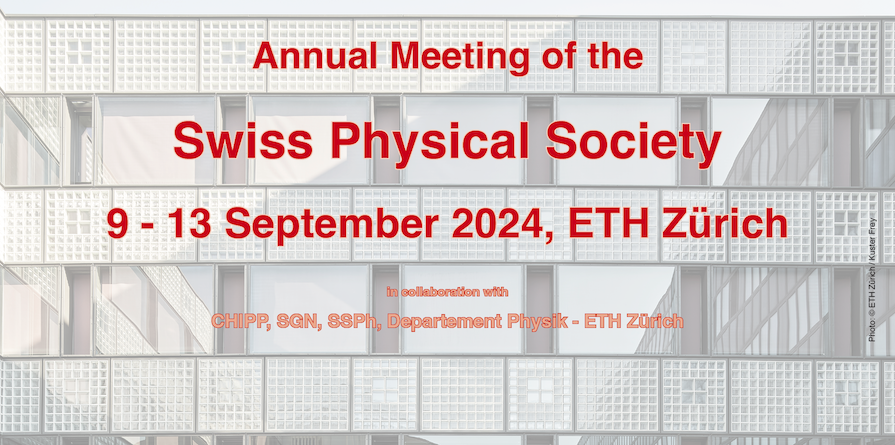Speaker
Description
Cryo-transmission electron microscopy (cryo-EM) or tomography (cryo-ET) of frozen hydrated specimens is an efficient technique for analyzing the structure of proteins or tissue sections. However, both methods face challenges due to their very low signal-to-noise ratio. Efforts to enhance their efficacy focus on minimizing the initial damage caused by the electron beam on the sample and maximizing the recovery of phase contrast signal from electrons interacting with the sample. We are exploring whether employing stroboscopic imaging with individual electrons passing through the sample at precise nanosecond intervals could potentially reduce damage for a cryo-EM sample compared to a similarly intense barrage of electrons arriving randomly, a concept previously proposed for samples at room temperature. We are further advancing convergent beam electron diffraction with a probe aberration-corrected Titan Krios and an ultra-fast pixelated detector (4D-STEM), evaluating the data with ptychography and other data analysis methods, in order to maximize phase contrast signal recovery from a frozen hydrated cryo-EM specimen. Progress in these two approaches will be presented.
